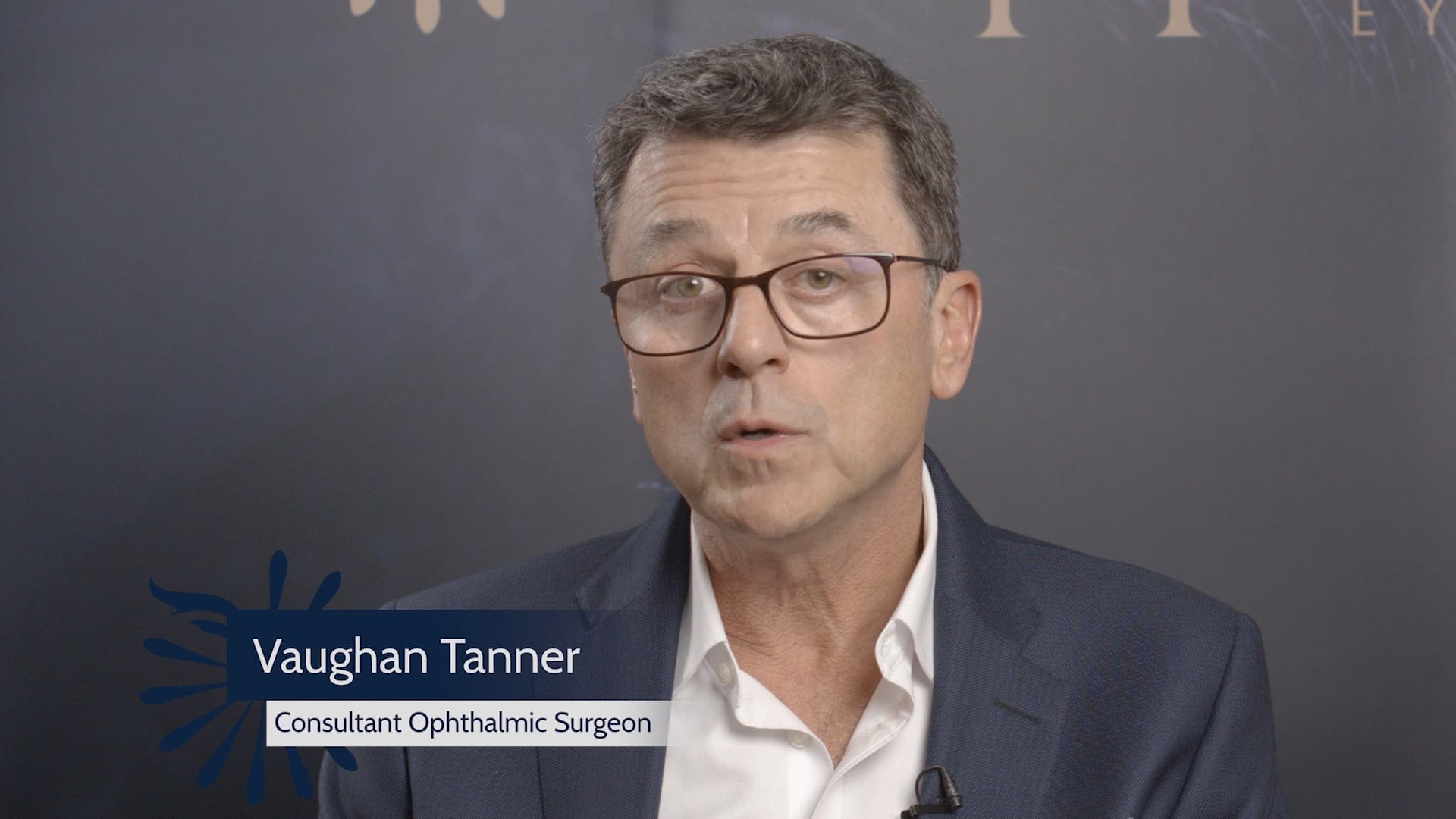Wet AMD Treatment
Wet macular degeneration causes fluid and haemorrhages on the macula which result in a sudden drop in the vision of the affected eye. It is very important to treat wet macular degeneration early to give the best chance of stabilising or improving the eye sight. Treatment involves repeated injections of antiVEGF (vascular endothelial growth factor) into the eye. The response to injections is monitored at regular intervals.
Most age-related macular degeneration (AMD) patients start with the dry form. Ten per cent of these people will go on to develop the wet form of the disease. Although the wet type is much less common, it tends to be more aggressive, causing greater and more rapid visual loss.

In response to retinal degeneration, new blood vessels from the choroid (the deeper vascular layer of the eye) sometimes develop beneath the retina, like weeds growing up through the cracks in a pavement.
This process is called neovascularisation. Neovascularisation does not help the retina because the vessels are very fragile and easily leak or bleed. Eventually, this process results in the formation of a disc-shaped grey scar in the middle of the visual field. The scar may take some time to form, but once established, all retinal tissue in the area is destroyed, leaving a large central blind spot. Macular degeneration cannot be reversed once this has occurred.

Frequently asked questions
Are there side effects associated with Anti-VEGF injections?
As with any medical procedure, there are potential side effects associated with Anti-VEGF injections, though they are generally well-tolerated. Patients may experience some discomfort, redness, or temporary visual disturbances. The risk of more serious side effects, such as infection or retinal detachment, is low but underscores the importance of receiving treatment in a specialist clinic like Sapphire Eye Care.
How long do patients need to receive Anti-VEGF treatments?
The treatment regimen for wet AMD at Sapphire Eye Care is highly individualised. Some patients may respond well to initial treatments and require less frequent maintenance injections, while others may need ongoing, regular injections to control their condition. Our specialists work closely with each patient to determine the most effective and sustainable treatment frequency.
What can patients expect from Anti-VEGF treatments at Sapphire Eye Care?
Patients undergoing Anti-VEGF treatments at Sapphire Eye Care can expect a personalised treatment plan that typically involves a series of injections directly into the eye after the application of local anaesthesia. The procedure is performed in a controlled environment and is relatively quick. While some patients may notice an improvement in their symptoms shortly after the treatment, others may require ongoing injections to maintain their vision.
